Understanding Tris HCl: A Complete Guide
Tris HCl (Tris HCl) is an essential component in various biochemical and molecular biology applications and was specifically developed for tampon capacity. Understanding its properties, users, and preparation methods will help you better understand your experience in the laboratory. This article confirms the importance of Tris HCl and points out its importance in scientific research and analysis.
What is Tris HCl?
Tris HCl, abbreviated to tris(hydromethyl)aminomethyl chloride, is a chemical compound used primarily in biological and biochemical applications. Its sole purpose is to maintain a stable pH in its solutions, which is important for many biological processes. The Tris-HCl tampon is particularly effective in the pH range of 7 to 9, requiring an essential instrument for experiments that creates a neutral and slightly alkaline environment. The properties of Tris-HCl: Tris-HCl has several essential properties that make it the preferred choice for researchers: 1. Tampon interval: The Tris-HCl tampon’s effectiveness is between pH 7 and 9, a range that meets all conditions. These properties are particularly valuable for experiments involving pH fluctuations or cell sensitivity. 2. Solution: Tris-HCl is highly soluble in water, allowing for easy preparation of the tampon solution. This solution is essential to ensure the tampon can be easily integrated into various experimental protocols without failure or interference. 3. Low absorption: Tris-HCl has a low UV absorption rate, making it an ideal swab for spectrophotometric testing. These properties are consistent with the accuracy of nuclear acids and proteins, without interference from any part of the swab. Applications of Tris-HCl in the Laboratory: 1. Molecular Biology: Tris-HCl is frequently used in molecular biology techniques for gel electrolysis. In this application, care is taken to ensure pH stability during DNA, RNA, or protein separation, ensuring optimal quality and reproducibility. 2. Enzymes: Many enzymes require low activity at specific pH values. The use of Tris-HCl ensures an optimal ambient temperature for the enzymatic reaction, improves stability, and reduces variability in experimental results. 3. Cell cultures: Maintaining pH is essential for the growth and maintenance of cell cultures. Tris HCl tampons are commonly used to ensure cells thrive in a stable environment. 4. Study your protein: Protein stability can be more affected by pH. Tris HCl is prepared to maintain the desired pH for protein solubility and stability during purification.
Prepare a Tris HCl solution
Prepare a Tris HCl solution. Simple, precise measurements ensure the correct concentration and pH. Read a simple guide to preparing a 1M Tris HCl solution. 1. Necessary Materials:
– Tris Base (tris(hydrosimetil)aminometano)
– Chloride Acid (HCl)
– Distilled Water
– pH Meter or Solvent Cartridge
2. Procedure:
– 121.14 g of Tris Base.
– Dissolve Tris Base in approximately 800 ml of distilled water.
– Gradually add HCl to the solution, ensuring the pH is adjusted to the desired value (pH 7.5 once). Label with concentration and preparation data.
Conclusion: The Importance of Tris HCl in Scientific Research
Overall, Tris HCl is an indispensable tool used in numerous laboratory applications. Its ability to maintain pH stability is essential for enzyme reagents, molecular biology techniques, and cell culture. When preparing solutions for electrophoresis or ensuring optimal conditions for protein testing, you must consider the properties and application of Tris-HCl, which can pose significant risks. By properly preparing and using Tris-HCl, you can ensure increased reliability and reproducibility in scientific work.


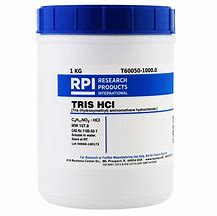
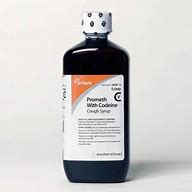
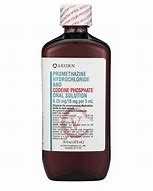
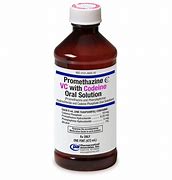
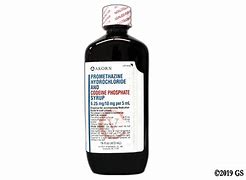
Reviews
There are no reviews yet.